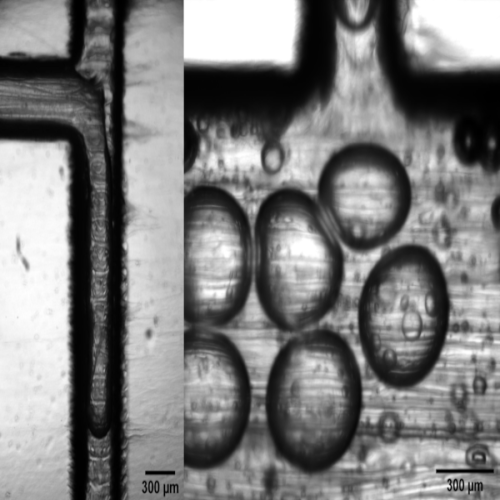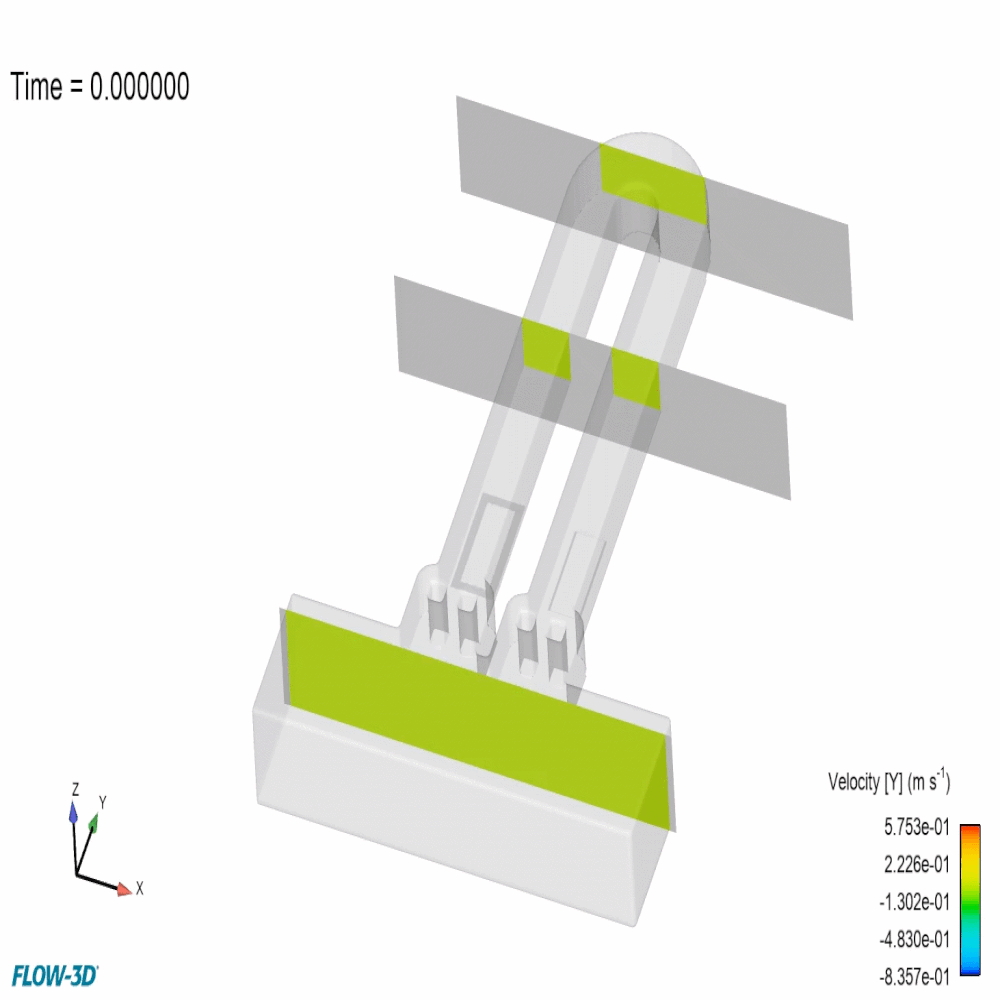Matter Assembly Computation Lab
CU Boulder, College of Engineering

Our microfluidic research is focused on (a) low-cost fabrication techniques and (b) low-cost micro-pump technologies. We utilize a mix of 3D printing and adhesive transfer tape microfluidics to create customizable microfluidic devices that are low-cost and easy to replicate. To move fluid at the micro-scale, we utilize inertial pumps which are based upon thermal inkjet technology. A high power resistor is used to create a rapidly expanding and collapsing vapor bubble which moves fluid in micro-channels. Our research seeks to understand and apply inertial pumps to lab-on-a-chip technologies.
3D Printed Microfluidics
We explore 3D printing of microfluidics to enable customizability, multi-material, and rapid prototyping. The ability to 3D print microfluidics allows realization of fully 3D channel geometries and structures previously infeasible through conventional 2.5D soft lithography approaches.
Liquid-Solid Co-Printing (printing with liquids and solids):

Thermal Bubble-Based Micro-Pumps
We explore fundamental and practical biomedical/chemical applications of thermal bubble-based micro-pumps via both experimentation and simulation. Thermal bubble-based micro-pumps can be thought of as high power resistors with heat fluxes in excess of 500 W/mm^2 designed to generate vapor bubbles in 5 us to perform mechanical work. We develop complex models accounting for phase change, fluid motion, heat transfer, and surface tension effects that are used to simulate these devices.
Simulation and Modeling Efforts:
Modeling contactless bubble-bubble interactions in microchannels with integrated inertial pumps
An OpenFOAM framework to model thermal bubble-driven micro-pumps
Experimental Efforts:
